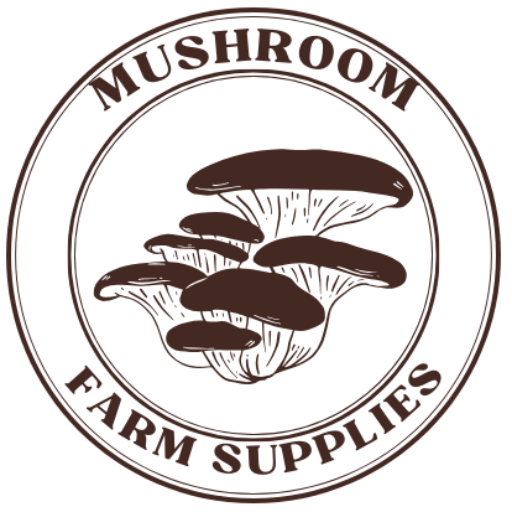Agar
A gel-like substance derived from seaweed, commonly used in petri dishes to grow mycelium.
Autoclave
A machine that sterilizes tools and materials using pressurized steam.
Biological Efficiency (BE)
The ratio of the weight of fresh mushrooms harvested to the weight of the dry substrate used, expressed as a percentage.
Brown Rice Flour (BRF)
A substrate ingredient commonly used in mushroom cultivation, particularly in PF-Tek.
Bulk Substrate
A large volume of substrate used for growing mushrooms, typically after spawn colonization.
Case Layer
A non-nutritive layer applied on top of the substrate to retain moisture and promote fruiting.
Chitin
A structural polysaccharide found in the cell walls of fungi, providing rigidity.
Chanterelle
A popular edible mushroom known for its distinctive trumpet shape and golden color.
Cold Shock
An intentional drop in temperature to stimulate pinning.
Colonization
The process of mycelium spreading throughout a substrate.
Contamination
The presence of unwanted organisms, such as mold or bacteria, in the cultivation process.
Decomposer
An organism that breaks down dead organic material, playing a crucial role in nutrient cycling.
Exudate
A liquid secretion from mycelium, often referred to as “mycelial sweat.”
Flush
A cycle of mushroom growth, from pinning to harvest.
Fruiting Body
The visible part of the mushroom that is harvested and consumed.
Fungal Culture
A method of growing fungi in a controlled environment for research or cultivation.
Fungal Disease
A condition caused by pathogenic fungi that can affect plants, animals, or humans.
Fungal Spores
Reproductive units of fungi, capable of developing into new individuals under suitable conditions.
Gypsum
A mineral added to substrates to improve texture and balance pH.
Hyphae
The thread-like structures that make up the mycelium.
Inoculation
The process of introducing mycelium or spores into a substrate or growing medium.
Laminar Flow Hood
A device that provides sterile airflow to minimize contamination during lab work.
Lignin
A complex organic polymer found in the cell walls of plants, which some fungi can degrade.
Liquid Culture (LC)
A nutrient-rich liquid used to propagate mycelium quickly for inoculation.
Monotub
A simple plastic tub modified for growing mushrooms at home.
Mycelium
The vegetative part of a fungus, consisting of a network of fine white filaments (hyphae).
Mycelial Network
The interconnected web of mycelium that forms the body of the fungus.
Mycotoxin
A toxic compound produced by certain fungi, which can be harmful to humans and animals.
Oyster Mushroom
A common edible mushroom known for its oyster-shaped cap and delicate flavor.
Pasteurization
A heat treatment process that reduces contaminants in the substrate while retaining beneficial microbes.
Pinning
The stage when small mushroom buds (pins) first appear on the substrate.
Psilocybin
A psychoactive compound found in certain mushroom species.
Reishi Mushroom
A medicinal mushroom known for its health benefits and use in traditional medicine.
Saprophytic Fungi
Fungi that obtain nutrients by decomposing dead organic matter.
Short-term
Referring to processes or conditions that occur over a brief period.
Spawn
A material, such as grains or sawdust, colonized with mycelium and used to inoculate a substrate.
Spawn Run
The period during which the spawn colonizes the substrate completely.
Sterilization
A process of completely eliminating all microorganisms from equipment or substrate.
Substrate
The material on which mushrooms grow, such as straw, coffee grounds, or hardwood pellets.
Wood Lovers
A group of mushrooms that prefer growing on wood substrates, such as shiitake or lion’s mane.
